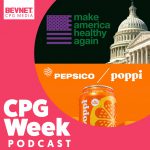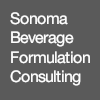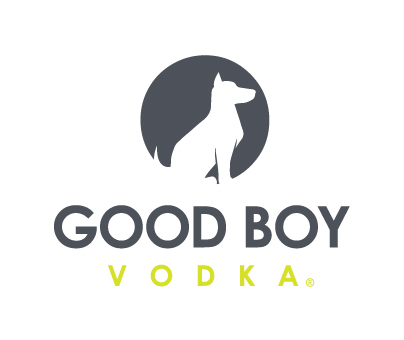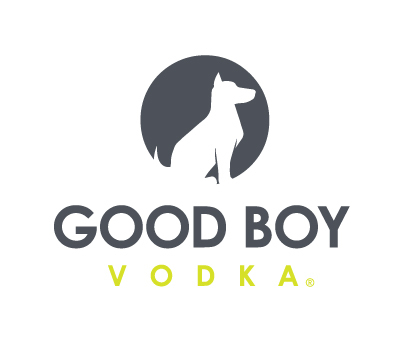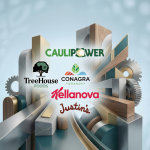Inflation: Consumers Turn to Bargain Hunting as Grocery Prices Rose Again in July
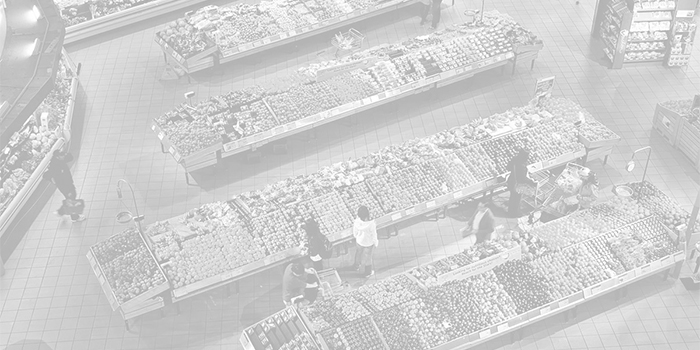
Despite some relief for consumers in other economic sectors, food and beverage prices continued to increase in July, up 1.2% month-over-month, according to a new inflation report by market research firm IRI.
Even as the price of other household necessities like gasoline have begun to fall, grocery prices remain elevated – up 14.4% year-over-year – across all U.S. food channels and ecommerce.
“Consumers are responding to rising prices by shopping promotions, prioritizing value options, and trading down to avoid going without,” said Krishnakumar “KK” Davey, IRI’s president of Thought Leadership for CPG and Retail, in the report. “We are advising our manufacturer clients to deploy all levers of strategic revenue management, prioritize strong in-market execution, and invest in retailer partnerships to ensure that the right products are available in the right places at the right times. Additionally, retailers must have the tools to quickly adjust to changes in consumer preferences to ensure they are offering the right assortment at price points that appeal to price-sensitive shoppers as well as their most valuable customers.”
The categories that experienced the highest price increases in July have also seen some of the biggest increases overall since last year. Refrigerated egg prices rose on average 5.9% between June and July and are now up 46.8% year-over-year. Frozen dinners rose 3.5% month-over-month (+22.8% for 52-weeks), butter and margarine were up 3.2% (+26.3%), frozen pizza increased 2.8% (+17.8%) and center store bread was up 2.8% (+15.4%).
Prices in some categories began to decrease slightly last month. Fresh citrus fruit experienced the biggest price drop, down -2.4% in July, but is still up 26.7% year-over-year. Bacon was down -1.4% month-over-month (+9.3% for 52-weeks), ice cream and sherbet fell -0.8% (+7.4%), beef dropped -0.3% (-0.1%) and packaged lunch meat decreased -0.1% (+23.6%).
However, as more consumers are bargain hunting, promotional activity is returning to pre-pandemic levels as supply challenges subside, the report noted. The top five food and beverage categories where promotions increased in the four-weeks ending July 10 largely mirrored the same four-week period in 2019, with about 50% of sales coming from promo items. This included ice cream and sherbet (55% of sales from promotions), sports drinks (52%), crackers (50%), breakfast meals (47%) and bottled water (46%).
The pressure on consumers’ wallets has led shoppers to prioritize “value-oriented” categories in order to get more bang for their buck. While overall food and beverage volume sales have “remained resilient despite price increases,” the report showed that consumers are reprioritizing their baskets.
For example, meal solutions like pasta (+6 percentage points), frozen potatoes (+6), rice (+5) and canned soup (+3) have seen volume increase over the 13-weeks ending July 10, while single-serve categories such as sports drinks (-9 percentage points), refrigerated entrees (-8), frozen novelties (-6), frozen dinners (-5) and RTD coffee and tea (-3) have all declined.
Additionally, consumers are largely “trading down” to more affordable brands within categories, or switching to private label products. In the four-weeks ending July 24, private label market share grew the most in fresh eggs (+6 percentage points), sugar (+5), sour cream (+4), bottled water (+4), shortening and oil (+3), and butter and butter blends (+3).
However, similar to consumer behavior during the Great Recession in 2008, shoppers are also trading up in select categories like beer, refrigerated juices and frozen dinners where premium products serve as small luxuries to make up for their sacrifices in other categories.


